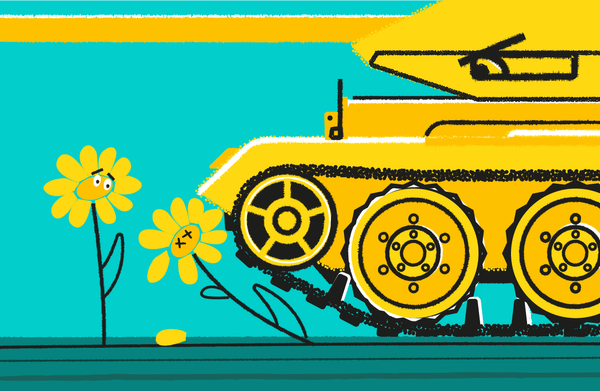In almost every domain of life, people like to debate who came first. This is the case with specialty, also known as new wave coffee houses as well. There are disagreements on who made the first specialty coffee in Budapest, but it’s beyond doubt that My Little Melbourne was a pioneer in introducing the new wave coffee culture in Hungary. Now, they are the first to celebrate their 10th birthday. In the event of their jubilee, we went to the coffeehouse in Madách Square for a talk.
Owner and founder Peti Balázsi came to the interview stylishly, with a cup of specialty coffee. He was spouting stories in the best sense of the word, and when the shop closed for the day, he still had a story to tell. I’ve been a layman of specialty coffee myself since 2014. But since I’ve never really gotten into it and Peti is full of experience and enthusiasm, there was plenty of new information for me. One of the most striking, for example, was the suspicion that cafés that call themselves speciality, instead of the correctly spelled specialty, are not pursuing the genre with the aim of perfection. Peti believes that this is the only way to do it.
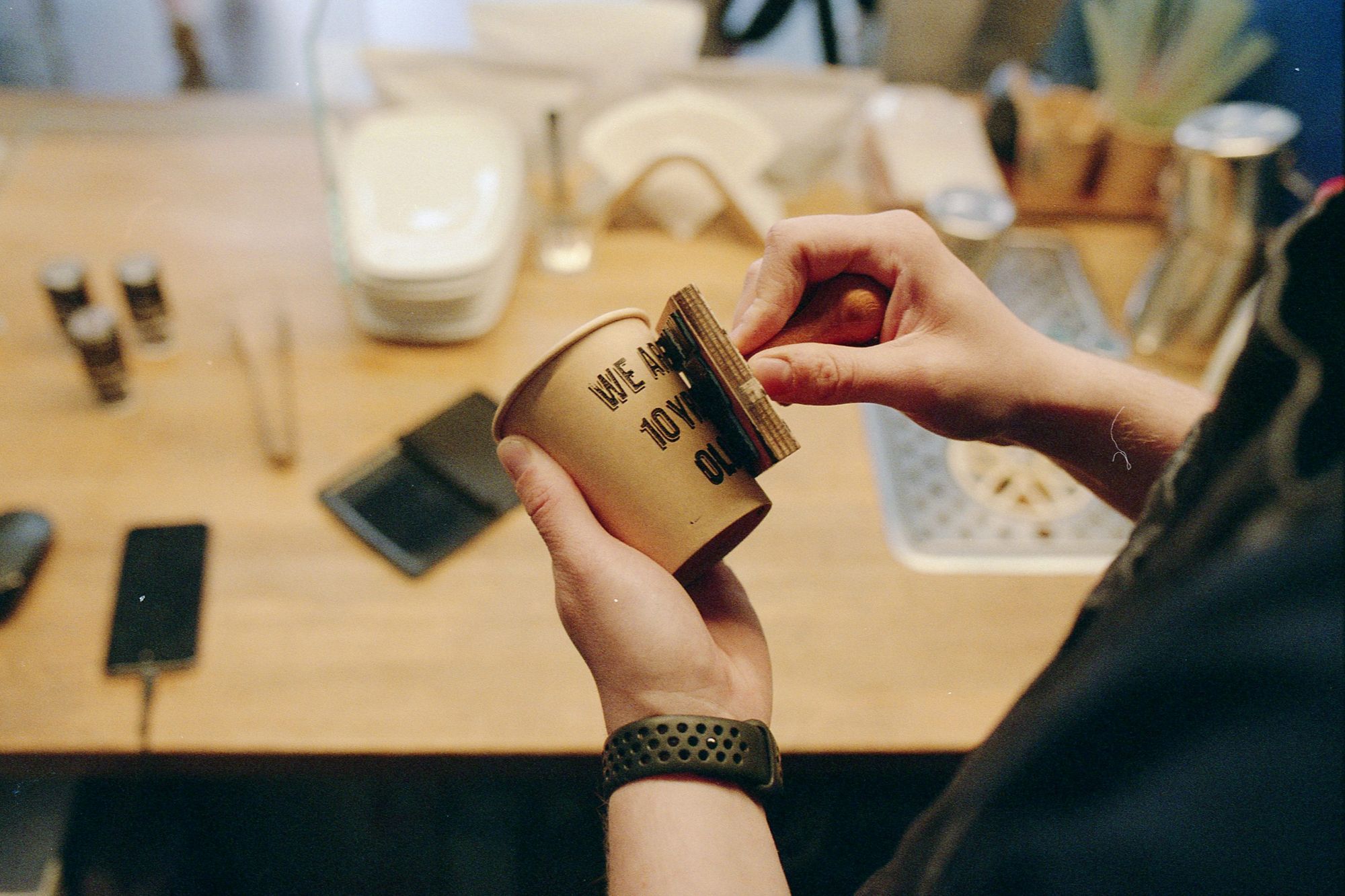
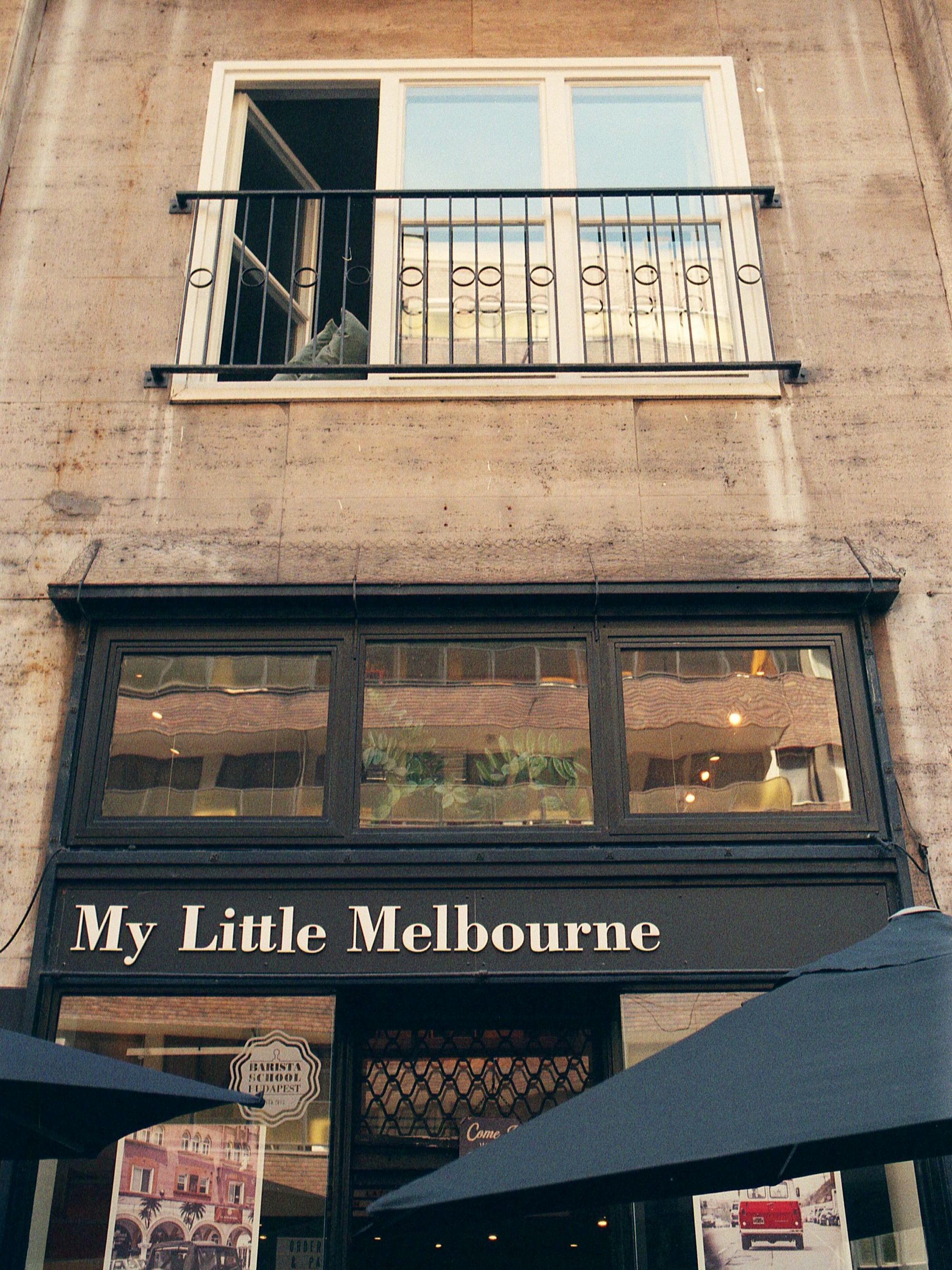
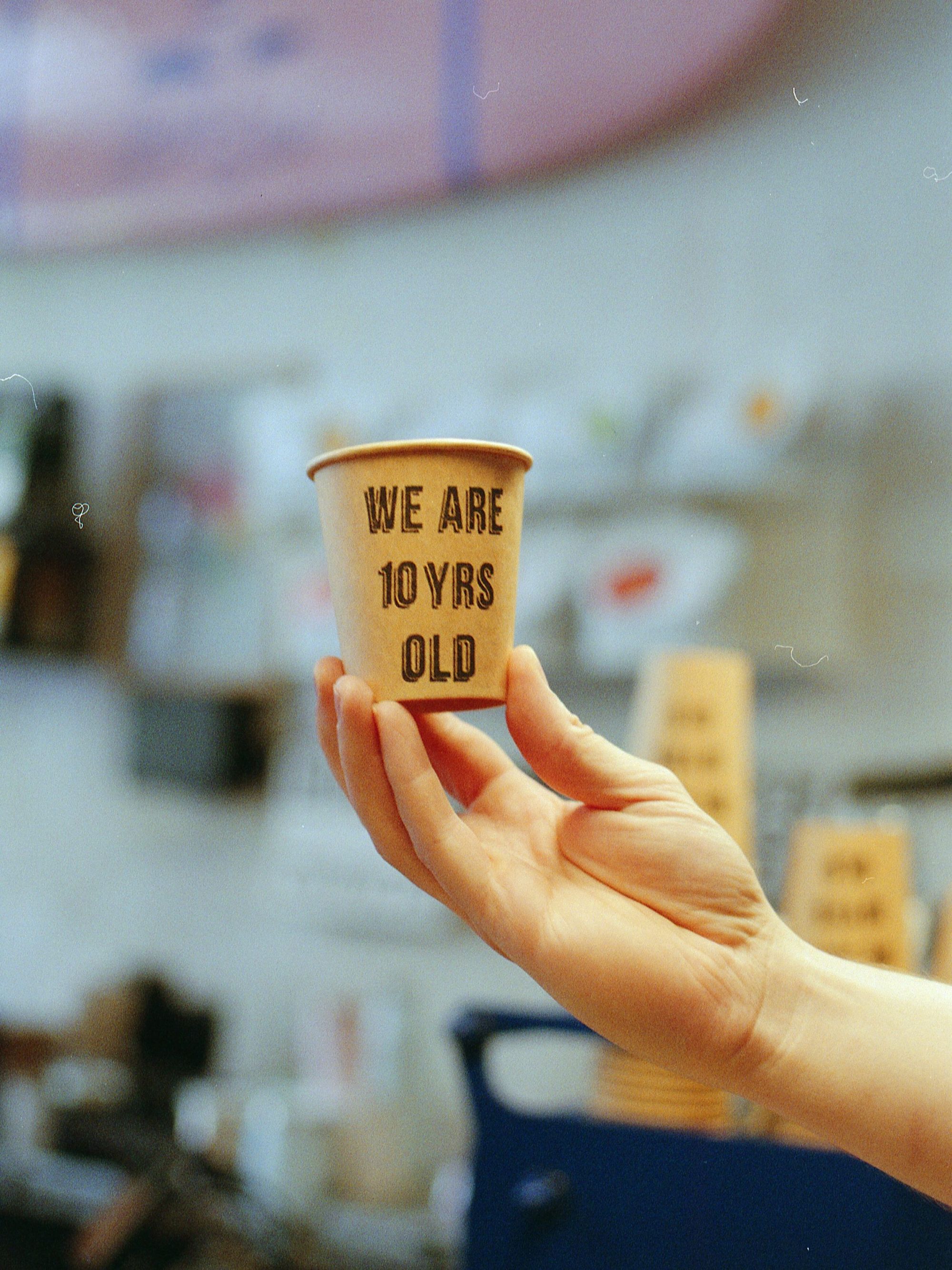
Before getting lost in technical details, let’s go back to the beginning: Melbourne. Peti traveled to the city to visit his relatives with his wife, Dia, in January 2012. During their trip, they came across quite a few new wave cafés with a nice vibe, and the taste of coffee wasn’t like any other cafés, either. By then, specialty coffee had long become a craze in Australia, and they had an app collecting these cafés. “Wherever we went, we saw extreme professionalism, these coffee houses were very well invented. We were inspired by the best,” Peti recalls. By the time they came home, they had already decided that they wanted a specialty coffee house that creates the Melbourne vibe in Budapest. As of this moment, they followed their instincts, so successfully that after their January trip, the 25-square meter coffee house, My Little Melbourne opened on 18 April. In the beginning, they served Italian coffee, as well, they were pioneers in design and attitude. For instance, they were dog-friendly from the begging and offered a discount for those who rode their bikes or motorbikes or brought their own coffee cup. In late April, they traveled to the London Coffee Festival, where their direction became clear: they decided they want to go on the specialty coffee line. In the first 4 years, they still served Italian coffee, as well, but in 2016, they left it behind and dug deeper into the world of specialty coffees, following Peti’s Better and Better philosophy.
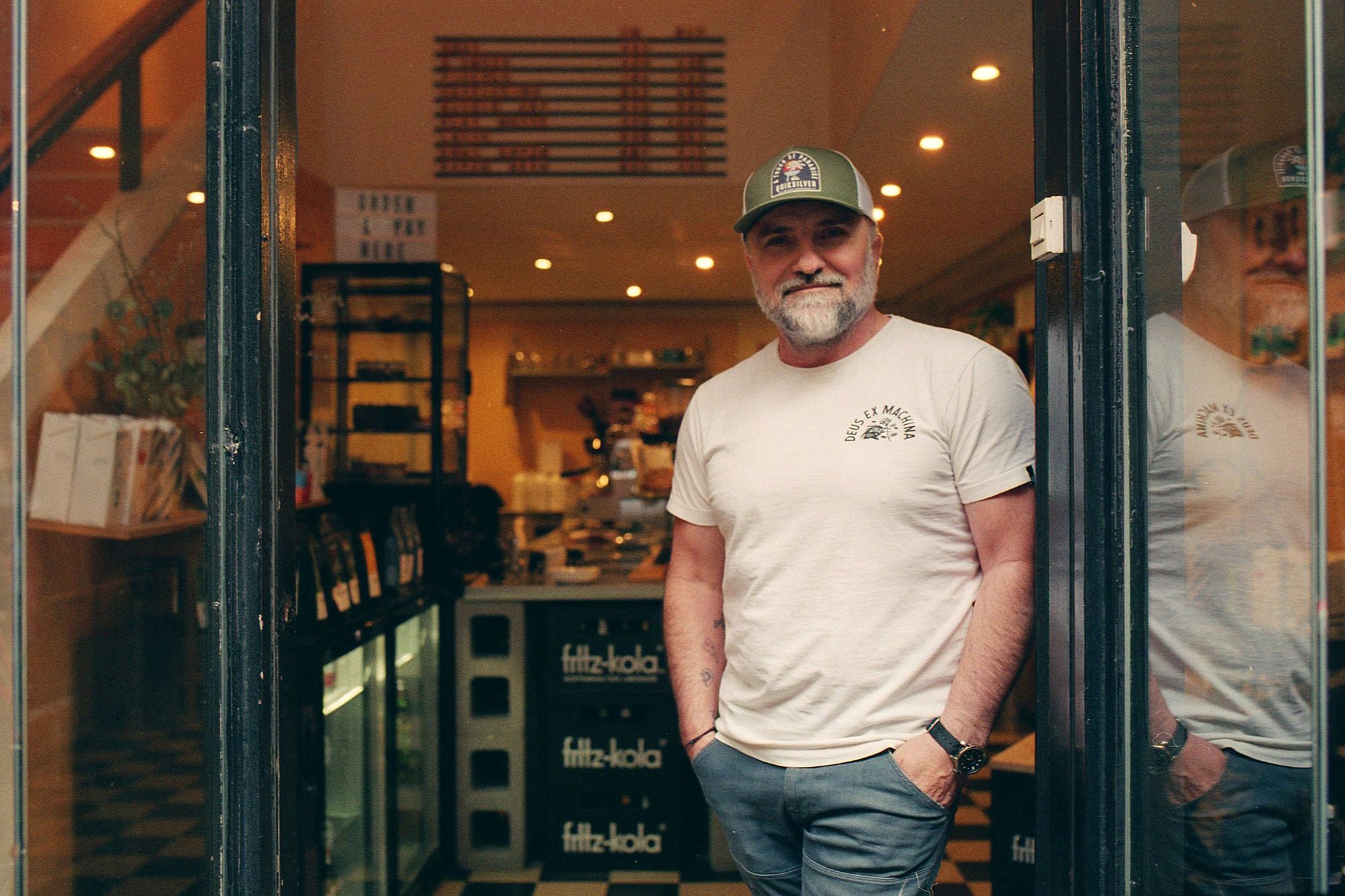
Later, they bought the coffee shop next door, My Little Melbourne moved to a new space and operated as a dedicated brew bar for a while (also a first in Hungary), the other space, then called Bon Dia, became an espresso bar and a “soft serve” ice cream shop. A bit later, they opened a window between the two spaces, which later became a door, and they are starting further renovations soon. “We’ve taken it apart, rearranged it, and now, after ten years, we’re putting the two shops together and turning it all over to the guest space. There’s no stopping, we’re in constant motion. It’s because of this restlessness and always striving to do better and better that we’ve been first in the business in so many ways. For example, we’ve certainly varied the most in the specialty café business,” Peti laughs, and with a twinkle in his eye, he’s already considering the next step. He is starting to talk about how they might expand towards the inner courtyard in the future.
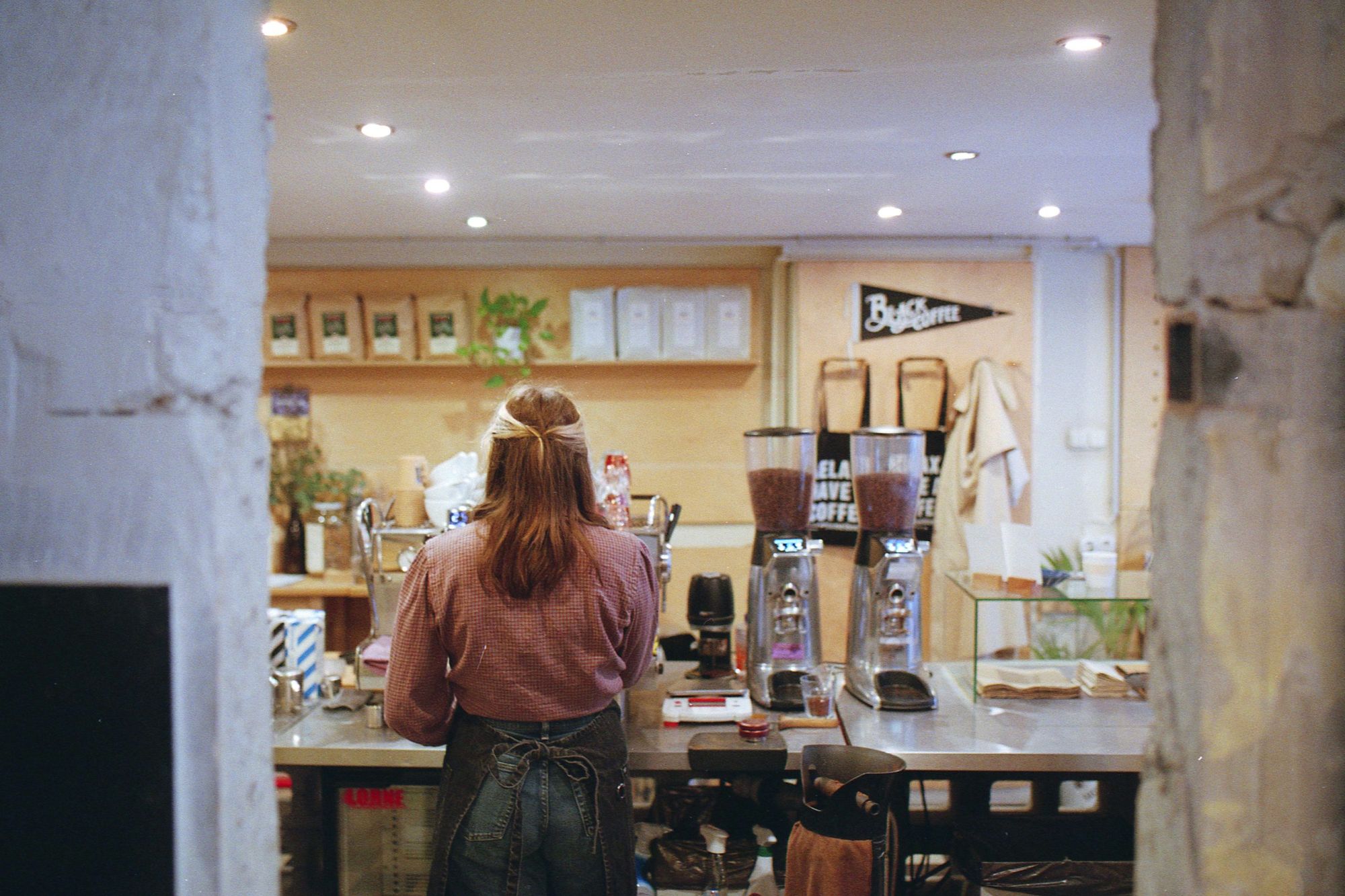
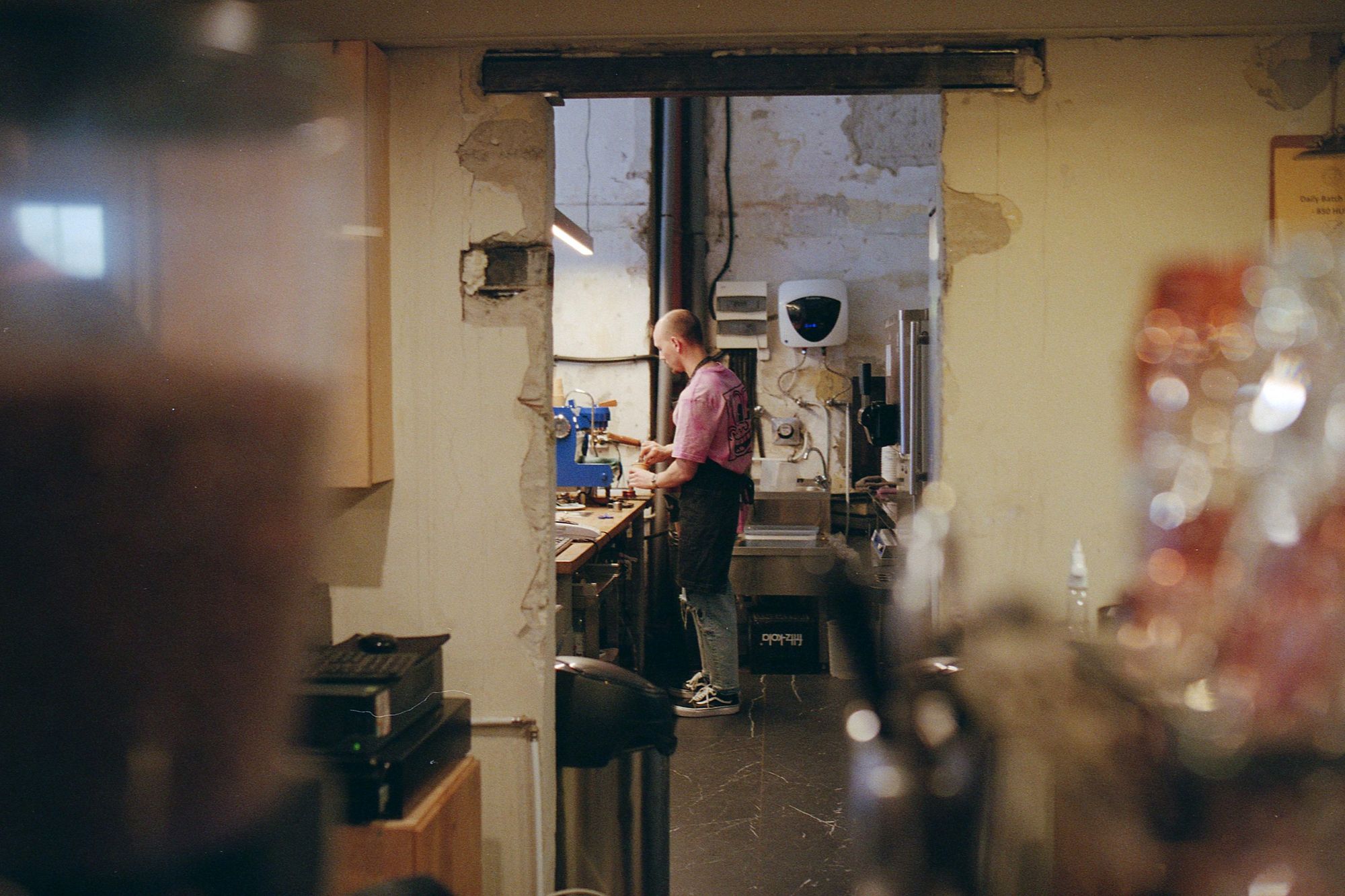
What makes a specialty coffee house? “There are many criteria a coffee house must meet, and many skip them. The most important factor is the coffee itself. This is the easiest to comply, as there’s a 100-point system that grades green coffee beans according to quality, and there are defect points that experts use to select the right beans. There’s a big difference between darker roasted Italian coffee and light roasted new wave coffee. Part of this more citrusy taste is that it should not be sweetened. We’re always trying to teach our guests to taste it before they add sugar out of habit. Sometimes we removed the sugar from the table, sometimes we sold it for a symbolic price, and the income went to an organization fighting diabetes. Now we have a pay what you want strategy running,” says Peti. Then, of course, there’s the machinery (coffee makers need to have several boilers, and it’s important that they can brew hundreds of coffees a day in the same way) and the quality of other equipment (such as grinders). The baristas must also all be properly trained to follow recipes with maximum precision and, if required, to inform customers about the theory of specialty coffee. Regarding the ingredients, it is important that the ground coffee is left to stand for a maximum of one week to ensure that the aroma is not lost. The quality of the water is also important, and it is advisable to use fresh milk (and preferably the best plant milk possible), to only name the most important ones. And to write ‘speciality’ with an extra “i”, is incorrect because, with the merger of the European and American Specialty Coffee Associations, specialty has become the official name. Overall, the aim is to create a complete leap in high quality that goes well beyond light roasting.
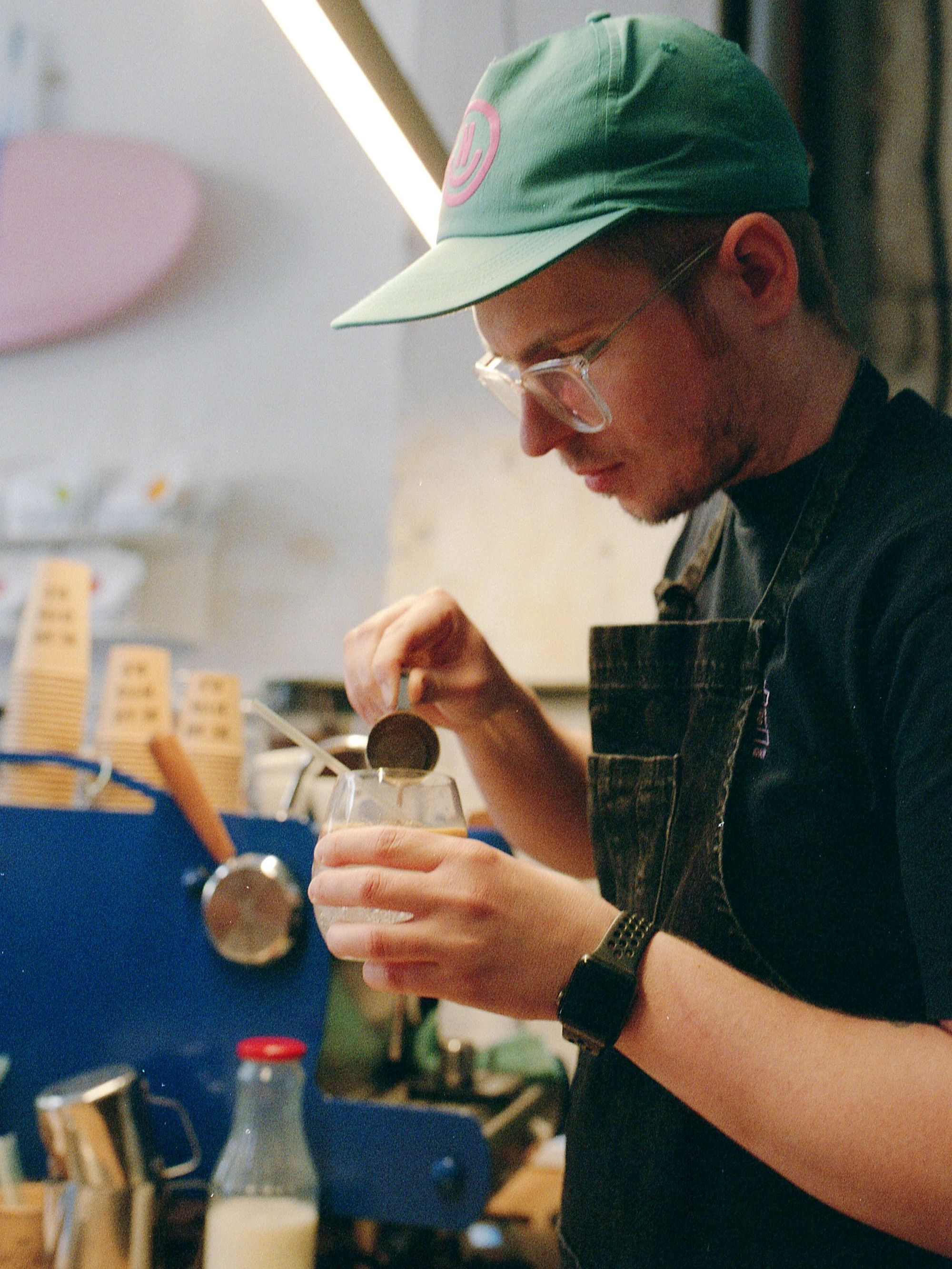
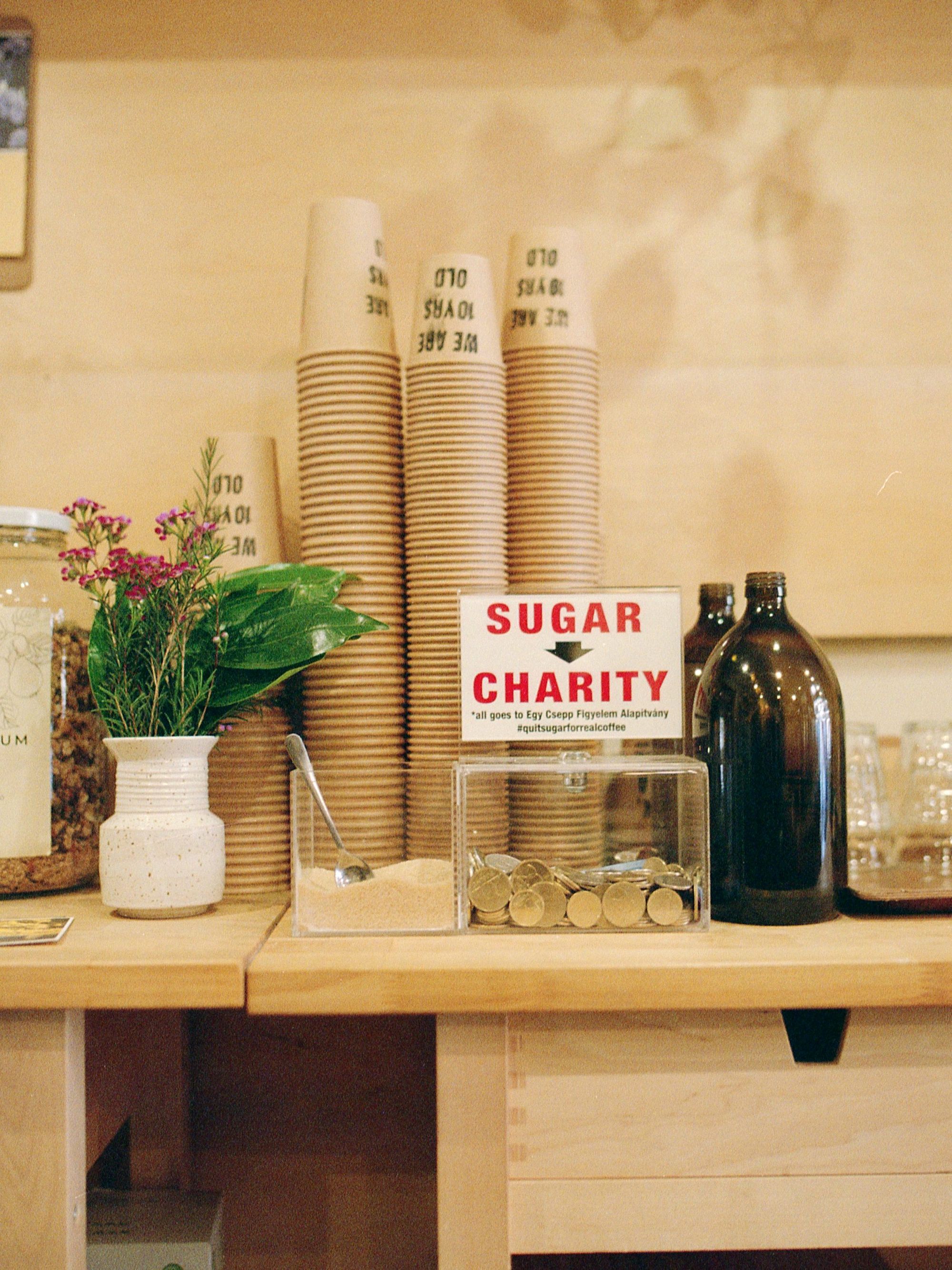
My Little Melbourne is a pioneer in its complex attitude towards specialty culture, as well. One of its pillars is education; Peti and his wife were the first to found a specialty coffee school, called Barista School Budapest, which educated a significant number of Hungarian baristas. Besides, Peti works as a coffee coach, supporting many soon-to-open coffee houses. “It’s been ten years, and nearly 300 specialty coffee houses have opened in Hungary. You’d think that the 301st and 302nd would be better and better, learning from each other’s mistakes, but you’d unfortunately be wrong. As a coach, I rather talk people who hesitate out of it. I’d like specialty coffee houses to improve. If someone stays on the surface and is scared to dive deep, we’ve nothing to talk about,” Peti pointed out. “I’m mad when I see specialty coffee capsules, I can’t accept it. It cannot stay fresh that way, and Nespresso machines don’t operate at a 9-bar pressure, either, which is needed for making specialty coffee. I think the same of the moka pot: it was invented for roasting Italian coffee. Let’s not even talk about the 3in1 experiments, the only way I could accept this would be if it was only made dedicated to hiking in the Himalayas,” he adds, semi-joking. In this context, we also discussed the need for a quality control system to prevent further dilution of the profession. Peti is not ruling out the possibility of participating in this or in the development of an up-to-date Hungarian specialty coffee map in the future, but he is also thinking of writing his own book.
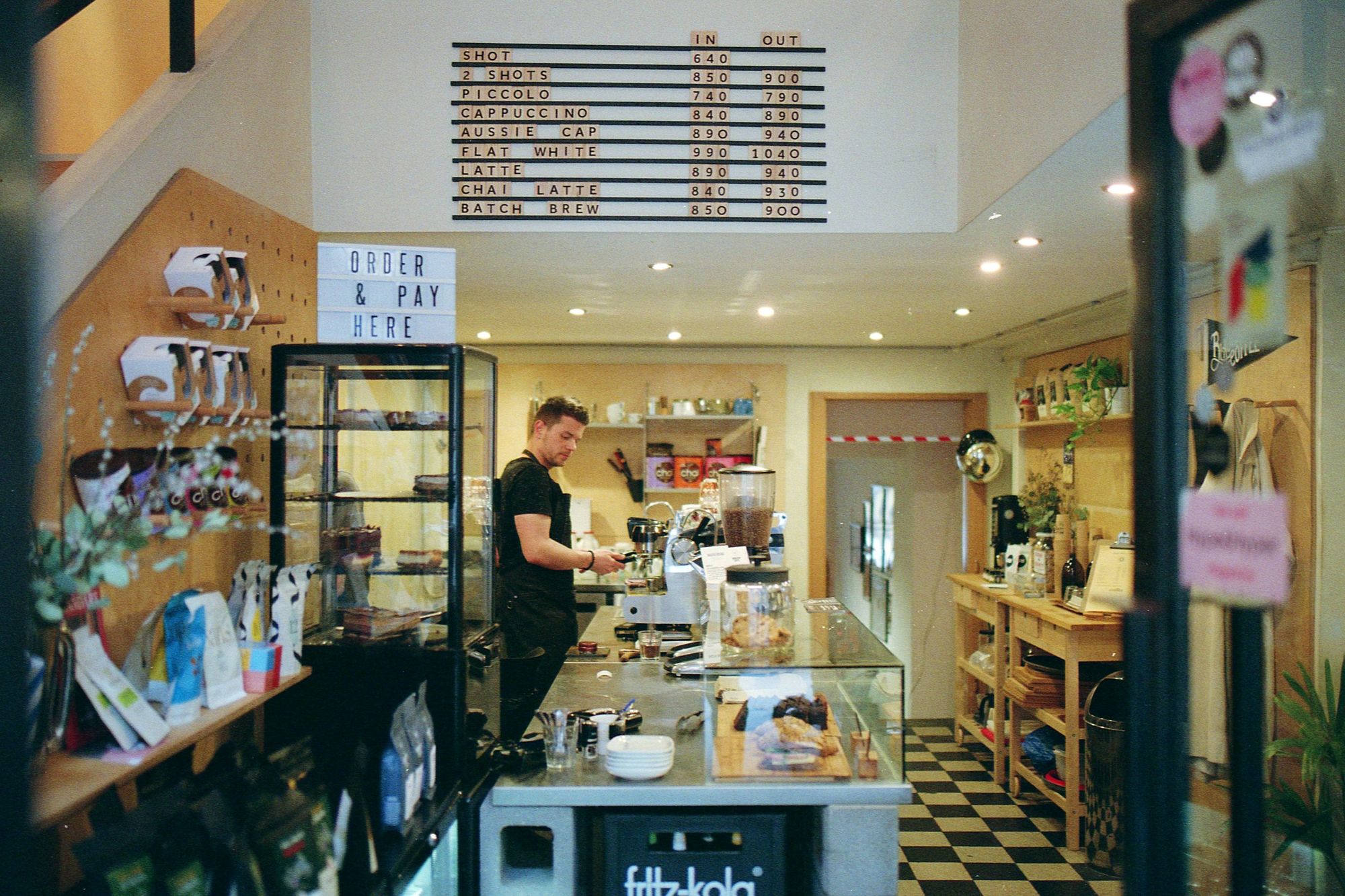
Its complexity also includes the fact that their parent company (where Peti is a co-owner) has a roastery in Budapest that supplies the house coffee, Racer Beans, and as a trader they are the number one domestic distributor of many foreign brands. Whether it’s Fritz-Kola, which Peti discovered at the London Coffee Festival, top quality matcha, Australian cocoa powder (which is used for their Aussie cappuccino, among other things), or the Australian Keep Cup, which brought the environmentally conscious approach to coffee shops even before it was fashionable. But Peti and Dia are constantly reviewing and rethinking what’s on the shelves in My Little Melbourne because they believe that’s how you prevent progress from being halted. “What hasn’t faded at all is that we’re still coming in after ten years as if it’s a little miracle here in Madách Square. My Little Melbourne and what happened to us back then is still seen as a miracle by my wife and I, and we live it over and over again every day,” Peti concludes.

My Little Melbourne | Facebook | Instagram
Photos: Gaál Dani
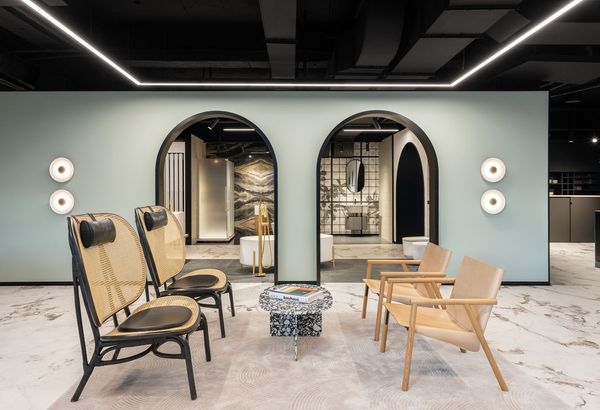
Stylish showrooms in Eastern Europe | TOP 5
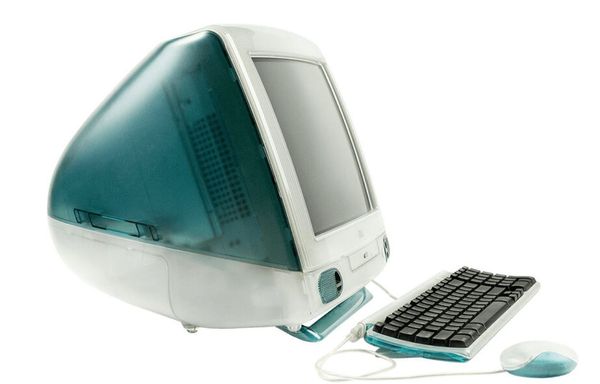
Technological time-travel with Apple in Warsaw
